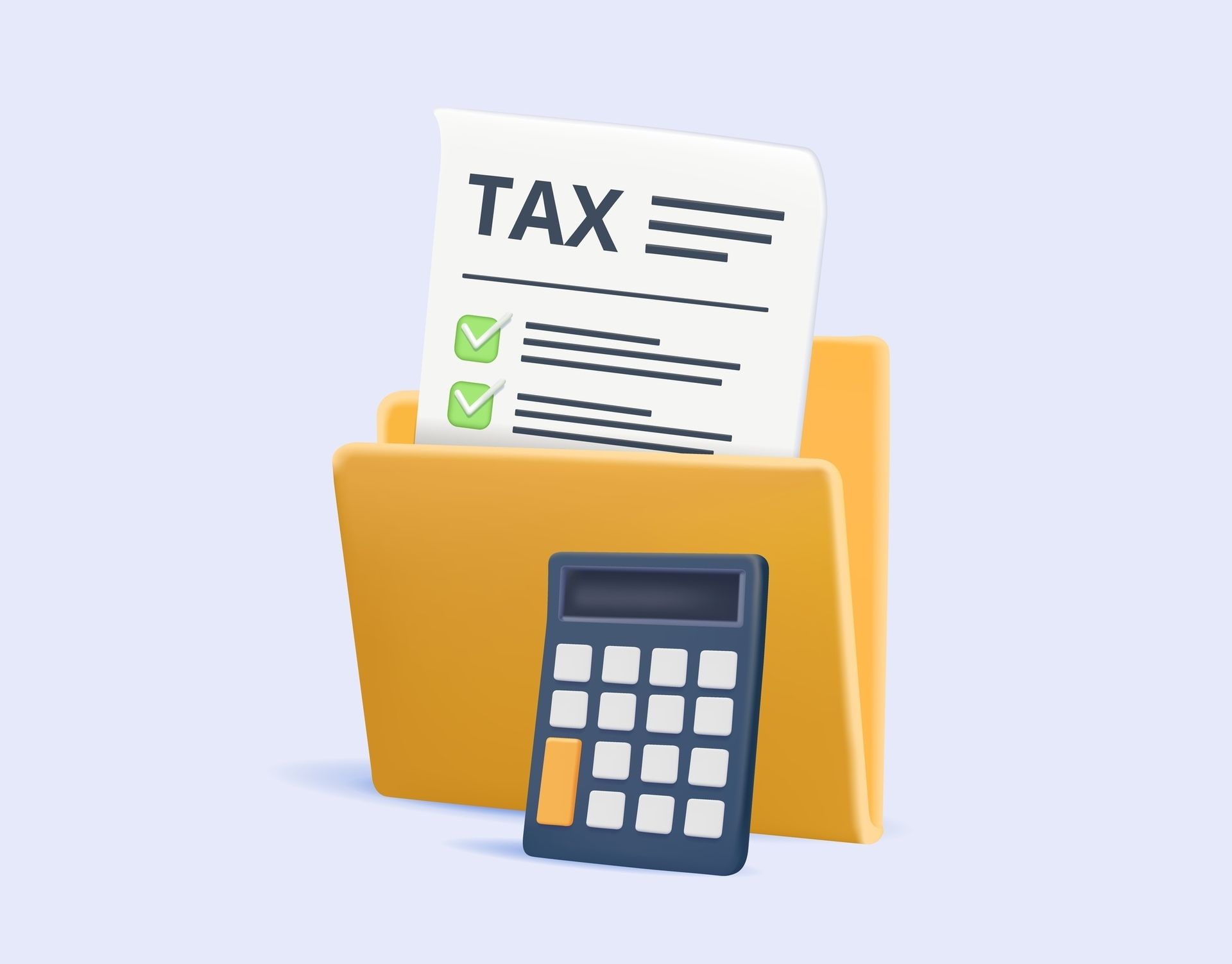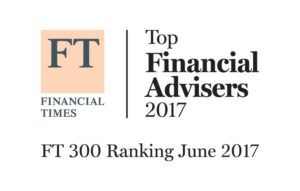Quick Links
Contact Us
Send a Message
Newsletter
We will get back to you as soon as possible.
Please try again later.
The Bond Market Corner – Summer 2018

The Federal Reserve again raised interest rates at its June meeting. The new range on the Fed Funds rate is now 1.75%-2%. We expect another two rate hikes this year which will bring this key short-term rate to as high as 2.5%. US growth remains strong and inflation has crept upward. The Fed will likely continue raising rates in response to the strong economy. It needs to ensure there is enough ammunition going forward, in terms of its ability to lower rates, if the economy does falter again. US Treasury yields increased during the quarter with the 10-year yield increasing to 2.84% from 2.74% at the end of March. Yields briefly moved above 3% before retreating on concerns about mounting trade tensions and slower global growth.
There are several factors that have at least kept bond yields somewhat in check. Providing support to yields is the Trump administration’s proposal for trade tariffs, which could hurt not only the US but the global economy. Proposed tariffs would affect imports from many countries by impeding the flow of goods and disrupting supply chains for a variety of industries. A stronger dollar likewise has helped keep yields low as it keeps a lid on import inflation and hurts emerging market countries, especially those with dollar denominated debt. We don’t know how serious the trade war will get or whether it is just posturing on both the China and US sides. But any disruption to free trade as we know it could lead to slower global growth. The interest rate markets have responded with declining yields whenever trade tensions escalate. On the other side, pressuring rates higher, is increased government borrowing and potentially higher inflation from the tax cuts and the recently enacted spending bill. These are only a few factors impacting the level of treasury rates.
As we stated previously, an increase in the short rates will negatively impact any borrower with a floating rate loan. Longer maturity US treasury notes are also a benchmark that helps set rates for fixed rate mortgages, business loans and consumer debt. As short and long term rates rise and borrowing costs increase, economic performance will be negatively impacted.
What signs can investors watch for?
There are a couple of indicators investors can watch to determine the direction of yields and the economy. First the break even inflation rate on TIPS, or treasury inflation protected securities. TIPS pay a fixed coupon but the principal is adjusted upward every six months for inflation. The difference in yield between TIPS and nominal treasury securities of the same maturity is an indication of the market’s expectation for inflation. For example, the difference between 10-year TIPS to 10-year nominal treasuries is an indication of what the market expects for annual inflation over the next ten years. The current level of the breakeven inflation rate for 10-year TIPS at 2.1% indicates that market risks have yet to translate into higher prices. Higher inflation will lead to higher yields since inflation erodes the value of a bond’s fixed coupon. A second indicator to watch is the slope of the treasury yield curve, specifically the spread between the two-year and 10-year yield.
History has shown that when the two-year yield exceeds the 10-year yield, a phenomenon known as an inverted yield curve, a recession, is at least somewhat likely. At quarter end, this spread was 33 basis points. This is the narrowest in more than a decade. At the end of the year it was 53 basis points and one year ago it was 93 basis points. The two-year yield is influenced by expectations for Fed policy and its impact on short term rates. Longer term rates are more sensitive to the outlook for inflation and growth, but are currently being weighed down by trade war fears. This may partially explain the flatter curve but investors should watch these two indicators closely for signs of where the economy, inflation and interest rates are headed next.
About The Author
James K. Ho
Jim has over thirty years of investment management experience. He is a Managing Director and Principal of the firm. Prior to West Branch Capital, Jim was a fixed income Portfolio Manager at John Hancock Advisors. Previously, he managed the John Hancock Tax Exempt Income Trust. Prior to joining John Hancock Advisors, Jim was a Senior Investment Officer at The New England (MetLife), where he managed multiple bond portfolios, including taxable and tax exempt mutual funds and separate accounts. Jim holds an M.B.A. from Columbia University, New York, as well as an M.S. in Applied Math and B.S. in Applied Math and Economics from the State University of New York at Stony Brook. He is a Chartered Financial Analyst and a member of the Boston Society of Security Analysts.
Important Links
Subscribe to our newsletter
Newsletter
Thanks for subscribing to our newsletter.
Please try again later.
Our Locations
Contact Us
Send A Message
Footer Form
We will get back to you as soon as possible.
Please try again later.
West Branch Capital was recognized by investor.com as a 2019 Trusted Firm. View our profile. To learn more about the trust algorithm, visit investor.com/trust-algorithm.
The Financial Times 300 Top Registered Investment Advisers is an independent listing produced annually by the Financial Times (June, 2017). The FT 300 is based on data gathered from RIA firms, regulatory disclosures, and the FT’s research. The listing reflected each practice’s performance in six primary areas: assets under management, asset growth, compliance record, years in existence, credentials and online accessibility. This award does not evaluate the quality of services provided to clients and is not indicative of the practice’s future performance. Neither the RIA firms nor their employees pay a fee to The Financial Times in exchange for inclusion in the FT 300.
All Rights Reserved | West Branch Capital





